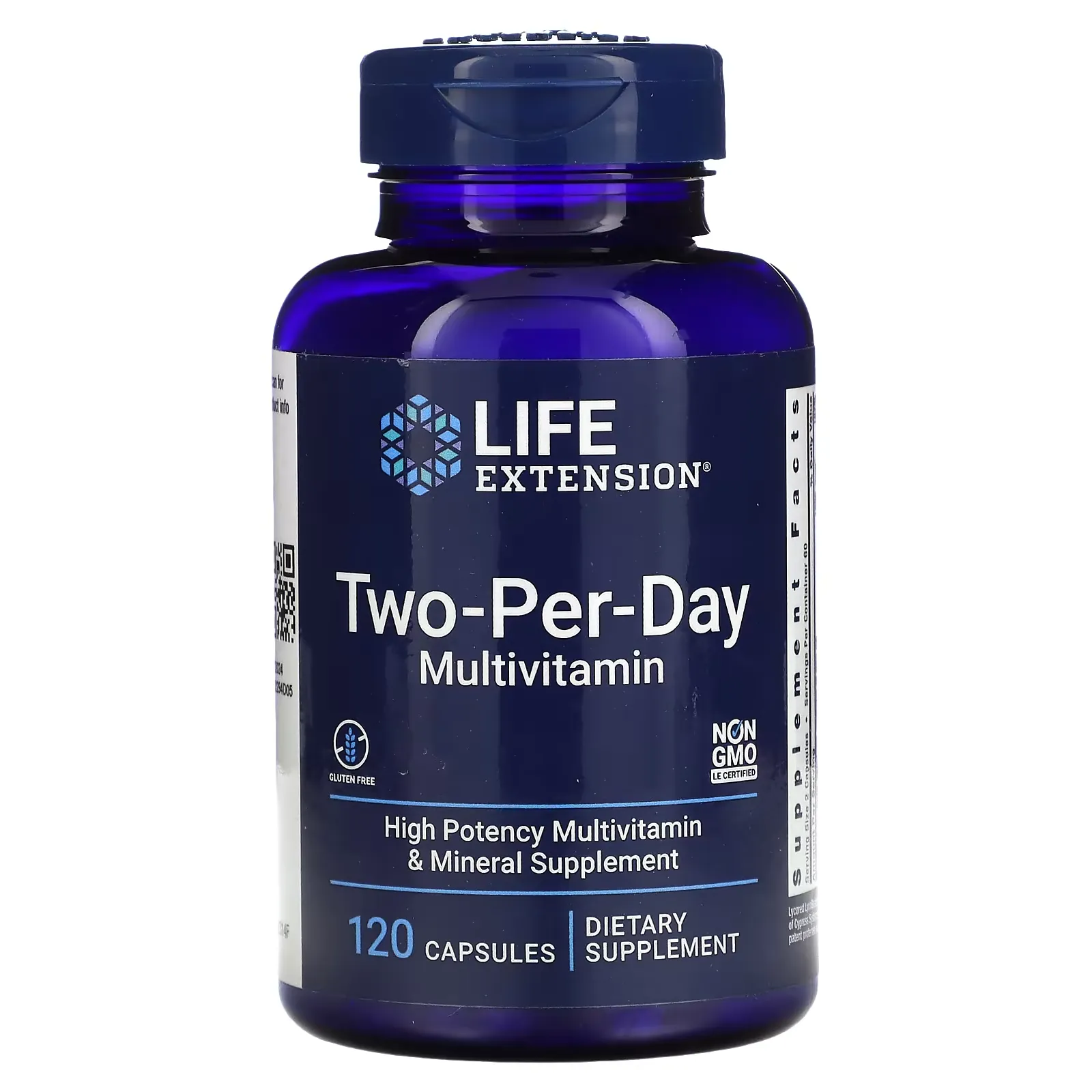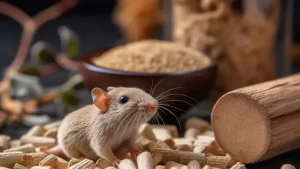Spoilers for this article
- ashwagandha (type of Indian cactus)is chronicstressanti in a rat model of thestressProven effectiveness, diabetes,depressionand immunosuppression, and has been shown to be effective in reducing symptoms.
- ashwagandha (type of Indian cactus)is similarly antistressIts effectiveness should be confirmed and its use in Ayurveda reevaluated.
- From now on,ashwagandha (type of Indian cactus)It will be important to further verify the effectiveness of the system and to investigate its application and risks to humans in detail.
"Lately.stressis building up."
Natural antistressWe're looking for solutions."
"Ayurveda andashwagandha (type of Indian cactus)I'm interested in
In this article,ashwagandha (type of Indian cactus)andstressHere are some of the studies that have shown it to be effective in reducing symptoms.
Paper Outline
What is ashwagandha in the first place?

ashwagandha (type of Indian cactus)(scientific name: Withania somnifera Dunal) has been used for thousands of years in Ayurveda, the traditional medicine of India, to treat both physical and mental health problems.stressThe herb has been used as an effective medicine, tonic, and even aphrodisiac.
Nowadays, the effectiveness of these products has been proven by modern science through various clinical studies, and they are attracting attention.
The fruit is an evergreen shrub of the eggplant family. The name comes from the horse's (ashwa) smell (ganda).
Some say it is named after the robust vigor of horses.
▼Recommended Articles

Basic information about the paper
The basic information for this paper is as follows
The paper presented in this issue ofAdaptogenic activity of Withania somnifera (Ashwagandha): an experimental study using a rat model of chronic stress.(Japanese translation)".
| (data) item | Contents |
|---|---|
| Title. | Adaptogenic activity of Withania somnifera: an experimental study using a rat model of chronic stress |
| author (usu. of a particular book, etc.) | S.K Bhattacharya a, A.V Muruganandam b |
| Magazines | Pharmacology Biochemistry and Behavior |
| Year of Publication | 2003 |

Background and Objectives of the Study
This study,ashwagandha (type of Indian cactus)(Withania somnifera) antistressThe objective is to verify the effectiveness of the program.
chronicstressare known to cause mental and physical illness, and effective antistressThere is a growing need for natural adaptogenic enhancers with action.
- adaptogen
-
stressand increase the body's tolerance to fatigueis said to havesupplementand chemicals.
Adaptogenic agents, by improving the body's energy and promoting recovery from fatigue,stressand reduce the negative impact caused byEffects on overall healthis expected to be the first of its kind in the world.
For adaptive enhancers,ashwagandha (type of Indian cactus)and ginseng.essenceand has been used as a natural remedy since ancient times.
ashwagandha (type of Indian cactus)has been used in Ayurveda, the traditional medicine of ancient India, for more than 2,500 years.
It is believed to prolong health and life, and increase resistance to disease,stressIt is expected to work to strengthen the adaptability to
ashwagandha (type of Indian cactus)is similar to the effects of the adaptogenic agents recognized in modern medicine.
- Panax ginseng
-
The plant is widely used as a herbal medicine and health food.
The roots contain a variety of bioactive components,Relieving fatigue andimmunityImprovement,memoryEffects such as improvement ofIt is believed that there are
It is also known as an adaptogen.stressThe existence of a working entity that enhances the ability to counteract the
However, care should be taken not to overdose.
experimental procedure
Chronic Stress (CS) Rat Model
In this study, chronicstress(CS) rat model,ashwagandha (type of Indian cactus)anti-stressEvaluating EffectivenessI did.
Daily irregular foot shocks were given to adult Wistar rats for 21 days,stressThe situation created a situation that gave the
Ashwagandha and Panax ginseng (PG) administration
ashwagandha (type of Indian cactus)(25 and 50 mg/kg) and Panax ginseng (100 mg/kg)was administered one hour before foot shock.
This administration continued for 21 days.
Afterwards,stressto the various impacts ofashwagandha (type of Indian cactus)and evaluated the effectiveness of Panax ginseng.
findings
Reduction of adverse effects of chronic stress
Research findings,ashwagandha (type of Indian cactus)is a chronicstressWe found that the following adverse effects caused by
What is reduced
- hyperglycemia
- Decreased glucose tolerance
- Increased plasma corticosterone levels
- stomach ulcer
- sex functiondisability
- cognitive decline
- immunosuppression
- mental depression
- hyperglycemia
-
bloodliquidA condition in which the sugar concentration in the body is higher than normal.
It is mainly caused by diabetes mellitus, which increases blood glucose levels due to decreased insulin function or the body's low sensitivity to insulin.
Prolonged high blood sugar increases the risk of complications such as cardiovascular disease, kidney disease, and nerve damage.
With a healthy diet, moderate exercise, and appropriate medical care, hyperglycemia can be managed.
- Decreased glucose tolerance
-
A condition in which the body's ability to maintain blood glucose levels in the normal range is impaired.
The hormone insulin works to transport sugar in the blood to the cells to be used as energy, but when insulin is not working properly, blood glucose levels tend to rise.
Reduced glucose tolerance is a pre-diabetic stage, and appropriate measures can reduce the risk of developing diabetes.
A healthy diet, moderate exercise, and weight control can help improve glucose tolerance.
- Plasma corticosterone level
-
bloodliquidA value that measures the concentration of corticosterone, a steroid hormone present in the
Corticosterone is,stressIt is a hormone involved in reactions and inflammatory responses and is secreted by the adrenal cortex.
Plasma corticosterone levels are,stressIt may be used to evaluate the condition and to check for abnormalities in adrenal function.
stressIt is common for plasma corticosterone levels to be elevated when the condition or inflammation persists.
Comparison of anti-stress effects of ashwagandha and panax ginseng
ashwagandha (type of Indian cactus)and Panax Zinsen both,chronicstressEffect of reducing the negative impact caused bywas approved.
Therefore, theashwagandha (type of Indian cactus)is promising, as is Panax Ginseng.anti-stressEffectiveness as an adaptive enhancerIt has been suggested that having
Considerations and Future Prospects
Significance of Ashwagandha's Adaptogenic Effects
ashwagandha (type of Indian cactus)anti-stressThe effects support its use in Ayurveda,chronicstressPrevention and treatment of various diseases caused byThis could be useful for
as an adaptive enhancer.ashwagandha (type of Indian cactus)The advantages of theThe modern societystressImprove the ability to cope withThis is what is expected to happen.
Application and Risks of Ashwagandha for Stress Management in Humans
ashwagandha (type of Indian cactus)isstressNatural options for preventing and treating diseases caused byIt is expected as a
However, when its effects are applied to humans, the appropriate dosage andside effectAn in-depth study of the
In future studies,ashwagandha (type of Indian cactus)Detailed information is required on the safety and efficacy of the product, as well as its proper usage.
summary
How was it? I would like to conclude by summarizing the contents of this article.
- ashwagandha (type of Indian cactus)Confirmation of clinical use in Ayurveda of
By this study,ashwagandha (type of Indian cactus)is chronicstresstoanti-stressThe effect was shown to be effective.
The result is that in Ayurvedaashwagandha (type of Indian cactus)and supports the use of a variety ofstressIt has established itself as a promising treatment for related diseases.
- anti-stressNeed for further study of effectiveness
ashwagandha (type of Indian cactus)anti-stressOngoing research is needed to further understand the effects and find effective and safe applications in humans.
By this,ashwagandha (type of Indian cactus)andstressIt is expected to be widely accepted as an effective treatment for related diseases.
That's all for this article. Thank you for reading to the end.
Disclaimer
This site is primarily intended toashwagandha (type of Indian cactus)to provide information about the results of the study and not to provide medical advice.
It is not intended to diagnose, treat, or prevent any specific disease or condition.
Always follow professional advice when using the information on this site.
We also cannot be held responsible for any loss or damage that you may suffer as a result of acting on the basis of the information on this site.
Use of AI in Content Generation
This website uses AI-based automatic generation for some content.
The information generated by this automatic generation is checked against actual references and articles, and great care is taken to ensure accuracy and reliability.
It is also intended to enhance the transparency and credibility of this site by appropriately disclosing content created through automatic generation.
We believe that this site can provide richer and more useful content through automation and AI-based content creation, which will enable us to provide information more quickly and accurately.




